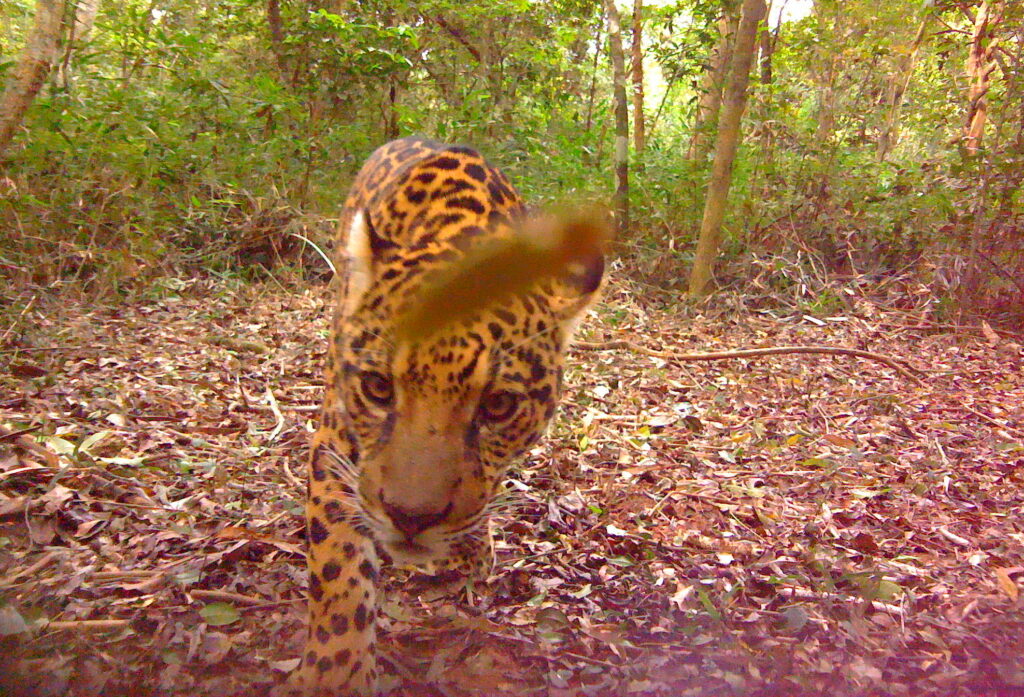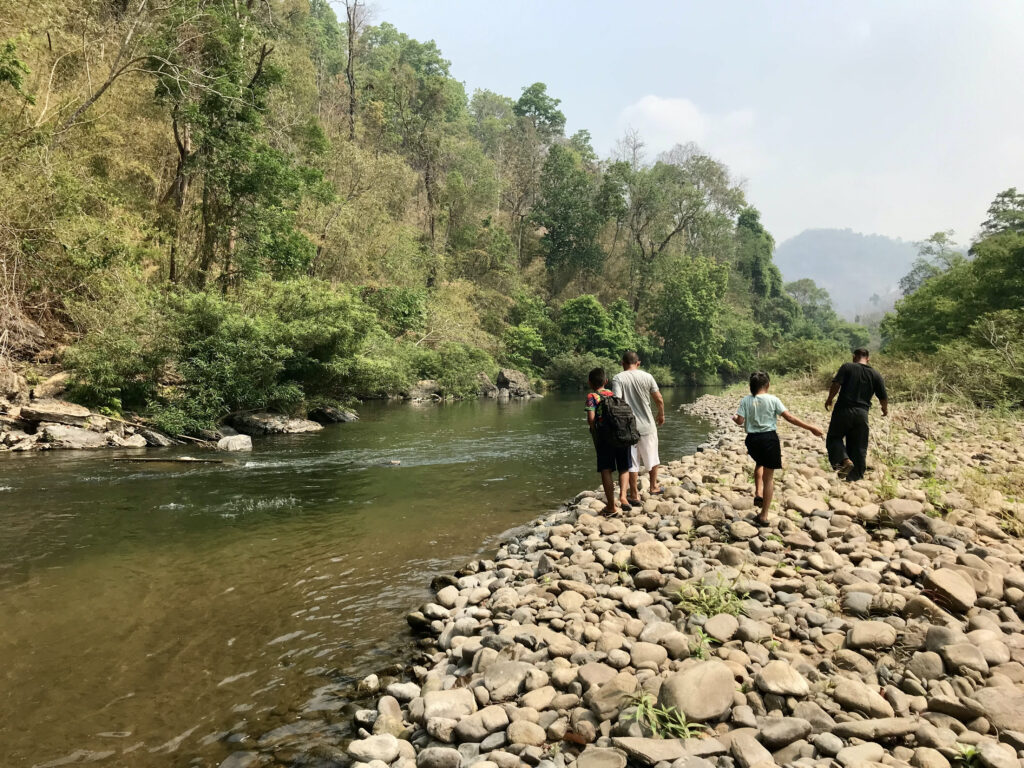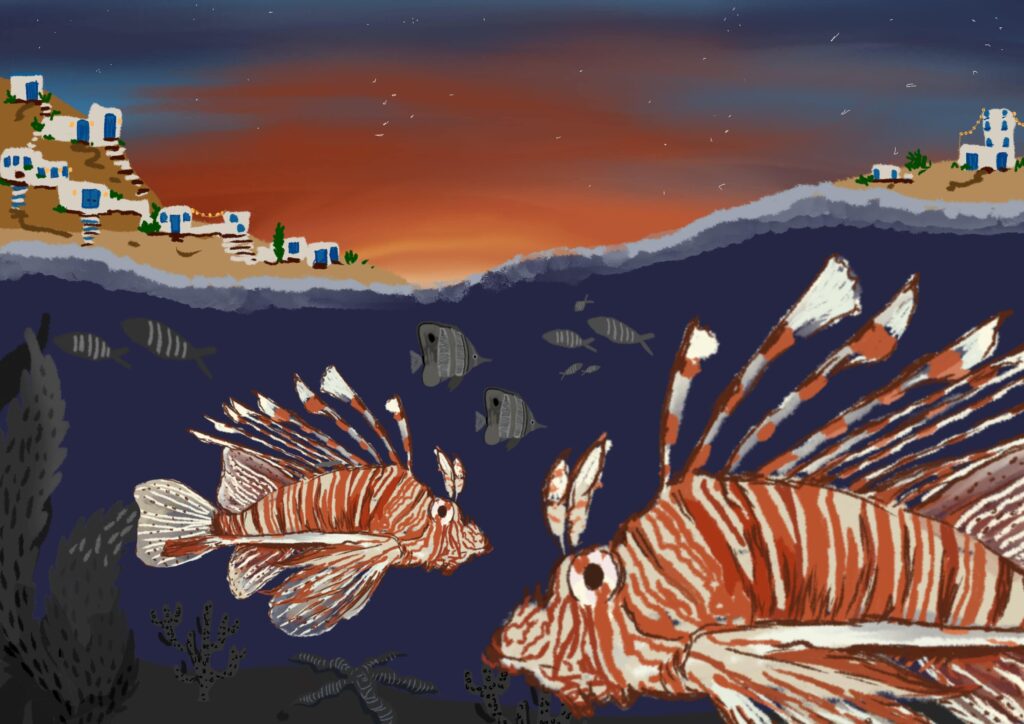Feature image credit: Kyle Glenn
Imagine a groundbreaking scientific discovery being made, but hardly anyone beyond a small group ever hears about it. That’s the reality for much of the research published in languages other than English. Although science is supposed to be a global effort, language barriers prevent important studies from reaching a wider audience, thereby limiting their impact.
Our study set out to measure just how much language affects the visibility of scientific research in ecology and conservation. We analysed 329 studies testing the effectiveness of conservation actions published in 16 different non-English languages and compared how often they were cited by English-language papers. We found that non-English articles received very few citations from English-language studies—often none at all. Meanwhile, English-language articles were cited far more frequently, both by other English papers and overall.
Some languages were particularly isolated. Studies published in Hungarian, Polish, and Russian, for example, were rarely cited by English-language research. In fact, Russian articles were the most isolated, with nearly 95 percent of their citations coming from within their own language. This means that important findings—especially in fields like conservation science, where local knowledge is crucial—aren’t being widely shared, making it harder for scientists and policymakers to access valuable information.
Nearly half of the studies we analysed had over 50 percent of their citations from within their own linguistic community. This creates ‘echo chambers’ where scientific knowledge stays locked within language barriers rather than being shared globally. However, some languages—such as Japanese and Chinese—had relatively more English citations, suggesting that certain countries have built stronger international research networks, or that their scientific communities recognise the need to share findings from beyond those published in their own language.
Our study found that non-English articles with an English language abstract received significantly more citations from English-language papers. This means that if researchers can at least understand the main ideas and findings of the paper, they are more likely to use it. However, expecting scientists to write in a second language adds an extra burden, especially for those already navigating academic challenges. A potential solution is the integration of machine translation tools into academic publishing, allowing for broader access without placing the full responsibility on individual researchers.
In conservation science—where decisions affect endangered species and entire ecosystems—missing out on key research due to language barriers is a huge problem. To fix this, we need to rethink how research is shared. Journals should encourage the inclusion of English abstracts in non-English papers, and tools such as AI translation could help bridge the gap. Scientists, in turn, should look beyond English-language studies when gathering evidence.
Knowledge shouldn’t be limited by language. By making science more accessible across linguistic divides, we can create a more inclusive and effective global research community—one where important discoveries aren’t lost in translation.
Further Reading:
Hannah, K., R. A. Fuller, R. K. Smith, W. J. Sutherland and T. Amano. 2025. Language barriers in conservation science citation networks. Conservation Biology: e70051. https://doi.org/10.1111/cobi.70051.






